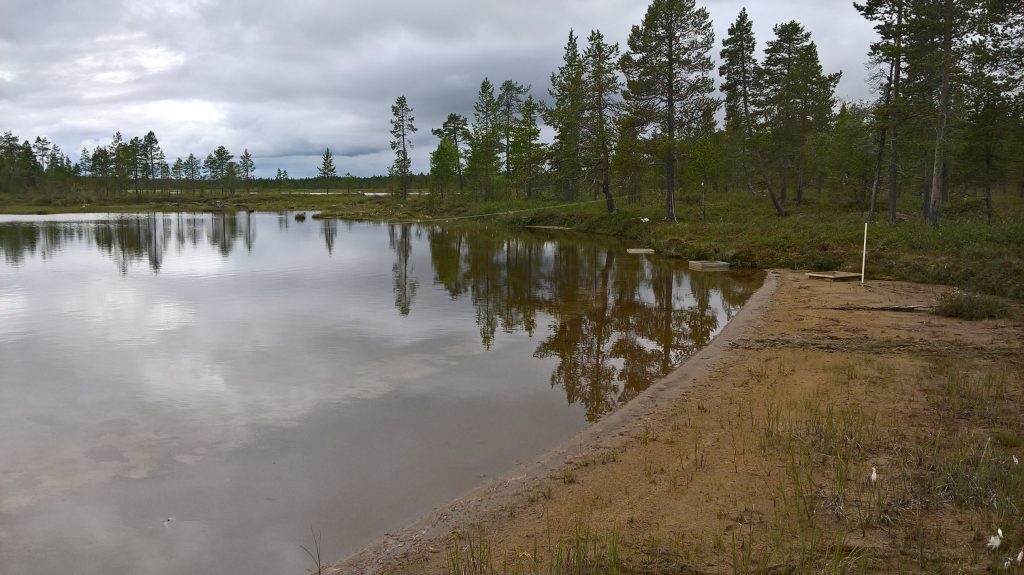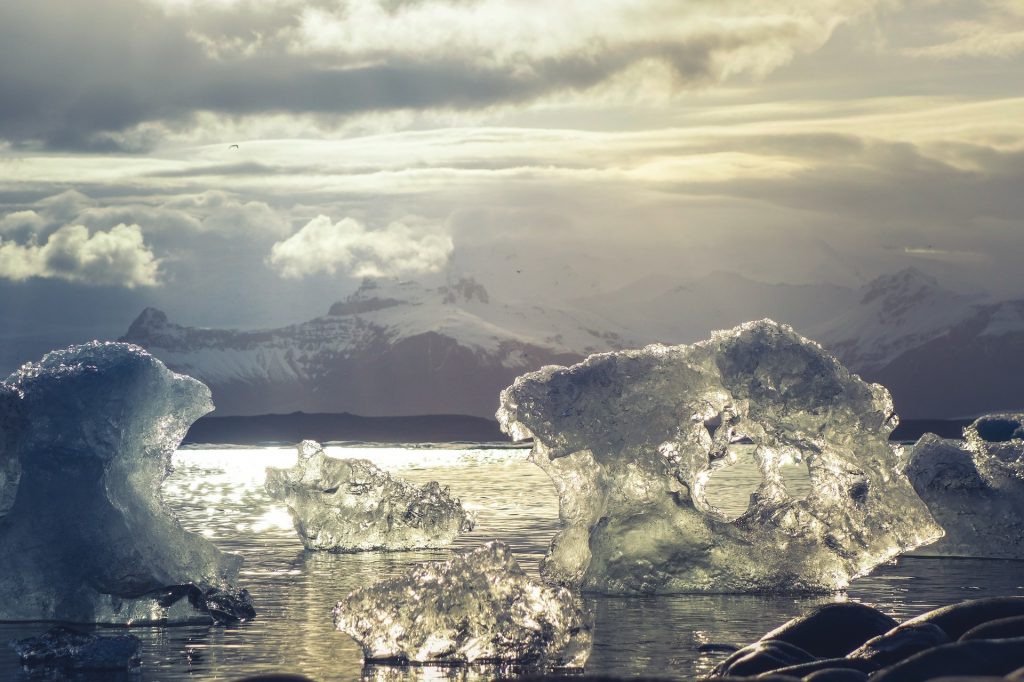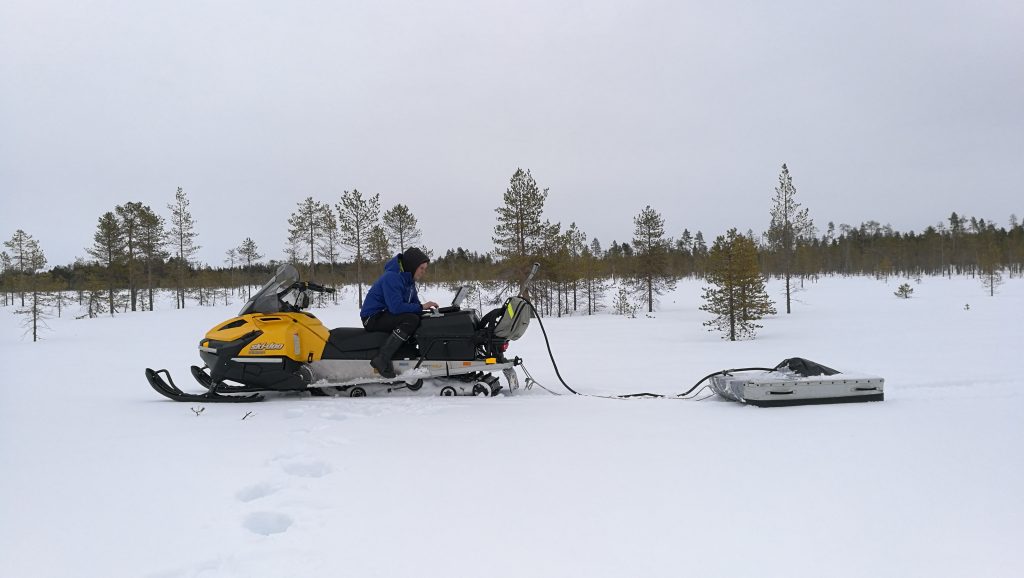Beyond the shore: sea-ice change and lake ecosystems in the Arctic (SLEET)
The land and the sea are quintessentially tied together via the global hydrological cycle and atmospheric circulation patterns, yet significant disconnect persists in both research and management of land and marine ecosystems. Future intensification of the hydrological cycle in the Arctic and the increased interaction of the sea surface with the atmosphere will further enhance ecosystem interaction across the land-sea boundaries. The overarching objective of this project is to develop an understanding of the natural, long-term coupling of arctic sea-ice cover and lake ecosystem functioning on adjacent land in complementary spatial scales. The project will explore the atmospheric mechanism of this link by reconstructing moisture balance trends and probing their linkages to the quantity and quality of production. (Academy of Finland 2020-2024)
Arctic sea-ice proxies: from seasonal processes to improved reconstructions
Sea-ice decline is one of the most striking consequences of recent climate-driven changes in the Arctic. The short observational time series and current climate models are inadequate in explaining the natural variation and foreseeing responses of arctic marine ecosystems, highlighting the urgent need to exploit natural archives (proxies). Protists abundantly stored in the seafloor of the Arctic Ocean are widely applied proxies for past sea-ice reconstruction, notwithstanding that little is known of their relationships to the ice ecosystem. This project will investigate seasonal processes that result in the formation of proxy archives and apply this knowledge in ecosystem modelling and reconstruction of pre-anthropogenic sea-ice conditions. The results will improve our understanding of the seasonal behaviour of arctic marine ecosystems in the long term. (Academy of Finland 2016-2022)
CAPTURE Consortium Work Package 3: Past and present lake carbon dynamics
The Arctic environment is undergoing marked changes in climate conditions and terrestrial feedbacks that are prone to investigation under the multidisciplinary framework of CAPTURE. The interactions among climate, C and Arctic ecosystems are complex, and there are substantial risks of unexpected feedbacks and rapid transformations. One of the main originalities of the CAPTURE consortium is assessing the C processes in the Arctic across spatial and temporal scales, in order to advance our understanding of C dynamics, climate variability and the risks of unwelcome C-cycle feedbacks.
WP3 investigates the quantity and quality of lake C in present conditions and over the major climatic fluctuations of the late Holocene. In collaboration with WPs 1, 2, and 4, WP3 will assess the lateral C flow between terrestrial and aquatic ecosystems. C quality will be of special interest, since parsing contributions of C sources are essential to understanding lake aquatic C cycling and burial efficiency WP3 focuses on lake sediment records for three principal reasons. First, while many long-term records signify the role of lake
sediments as global C sink, they consider average C accumulation over long time periods and are hence not adequate for observing responses of C burial to rapid climate changes. Second, the role of changing C sources over past climate intervals and the long-term persistence of C sink are largely unknown. Third, most studies focus on temperate and boreal lakes, while contrasting controls of C cycling are at play in the Arctic. (Academy of Finland 2016-2020)
Author: Maija Heikkilä



